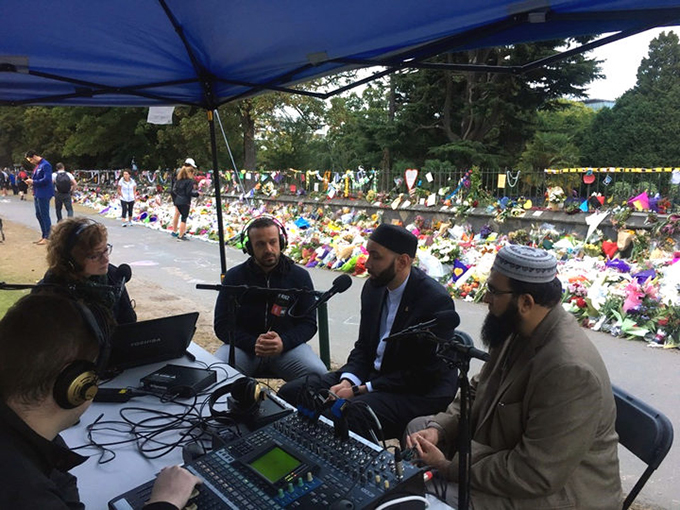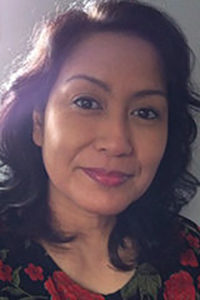
By Michael Andrew
AUCKLAND (Asia Pacific Report/Pacific Media Watch): More New Zealand journalists have been seeking ways to “prevent tragedy” through their reporting, shows new research published in Columbia Journalism Review.
The research, which analysed domestic and international coverage of last month’s Christchurch terror attacks, found that New Zealand news media preferred to focus on the victims, their relatives and the support from the community rather than the terrorist or his manifesto.
It also found that the most popular story in the week following March 15 shooting was a New Zealand Herald piece featuring “biographies of all the victims, focusing on their lives and their faith, which was shared almost 1.4 million times on Facebook”.
READ MORE: How can journalists improve diversity in the media?
“It seems, from our findings, that more journalists are stepping back from the “who, what, where, how, and why” to questions of how to prevent tragedy,” the research report said.
This contrasts with overseas coverage, especially by publications in the United Kingdom, which frequently used the terrorist’s name and discussed his ideas and manifesto.
“The Daily Mail also featured the shooter’s name in headlines, published excerpts from the forum post where he announced the shooting, and showed photographs of the weapons he would use, emblazoned with names and phrases designed to promote his cause,” the research said.
However, The New Zealand Herald was found to have mentioned the terrorist’s name in almost half of its most popular stories.
No Notoriety guidelines
The research team analysed 6337 stories in 508 national-level English-language news sources in New Zealand, Australia, Canada, the United Kingdom, and the United States, using a guidelines template developed by the No Notoriety media advocacy organisation.
“We found a mix of good and bad news for campaigns such as No Notoriety,” the researchers reported.
“We examined the stories we retrieved for compliance with seven guidelines, compiled from No Notoriety and other campaigns that seek to limit the amplification of terrorist acts through media.
“While media justice campaigns often seek out journalists as conduits of change, we also expanded our analysis to assess whether internet culture reflects journalistic choices about whether to list the name or ideology of the attacker.”
The research team coded for compliance with the following best practices:
- + Don’t publish the shooter’s name.
- + Don’t link to or publish the name of the forum that the shooter posted on to promote the attacks.
- + Don’t link to or publish the name of the shooter’s manifesto.
- + Don’t describe or detail the shooter’s ideology.
- + Don’t publish or name specific memes linked to the shooter’s ideology.
- + Don’t refer to the shooter as a troll or his actions as trolling.
- + Follow the AP (Associated Press) guidelines for using the term “alt-right” (contain it within quotation marks or modify it with language such as “so-called” or “self-described”)
The research team authors were Jason Baumgartner, Fernando Bermejo, Emily Ndulue, Ethan Zuckerman and Joan Donovan, all members of the International Hate Observatory project hosted at the Massachusetts Institute of Technology (MIT) Media Lab.
Historical coverage
The research comes at a time when New Zealand media have been under scrutiny for “negative coverage” of Muslims prior to the Christchurch attacks.
A 2018 research paper in Pacific Journalism Review entitled Representations of Islam and Muslims in New Zealand Media found a clear link between Islam and terrorism in New Zealand media articles.

Of the 14349 stories featuring Islam, 90 percent also mentioned either Islamic jihad or Islamic terrorism.
The research also found many stories about Islam lacked the voice of the Muslim subject and were written in a way that created “suspicion or fear.”
The paper’s author, Khairiah Rahman, told Pacific Media Watch it was essential for journalists to engage in dialogue with their story subjects to adequately convey their voice and avoid misrepresenting them.
However, she said the New Zealand media had done excellent work covering the Muslim community since the Christchurch attacks.
“I think we’ve improved a lot since then,” she said.
“There’s been a huge wake up call.”
This work is licensed under a Creative Commons Attribution-NonCommercial 3




